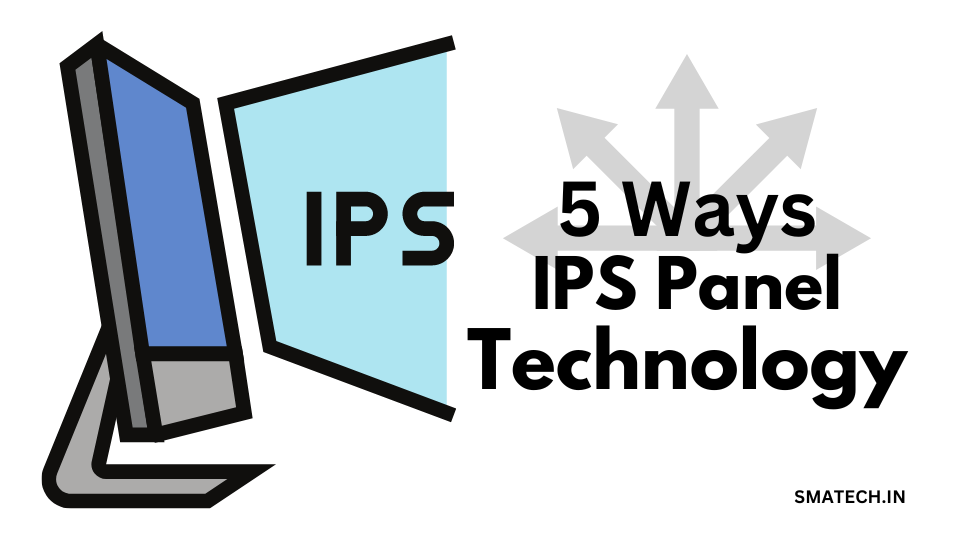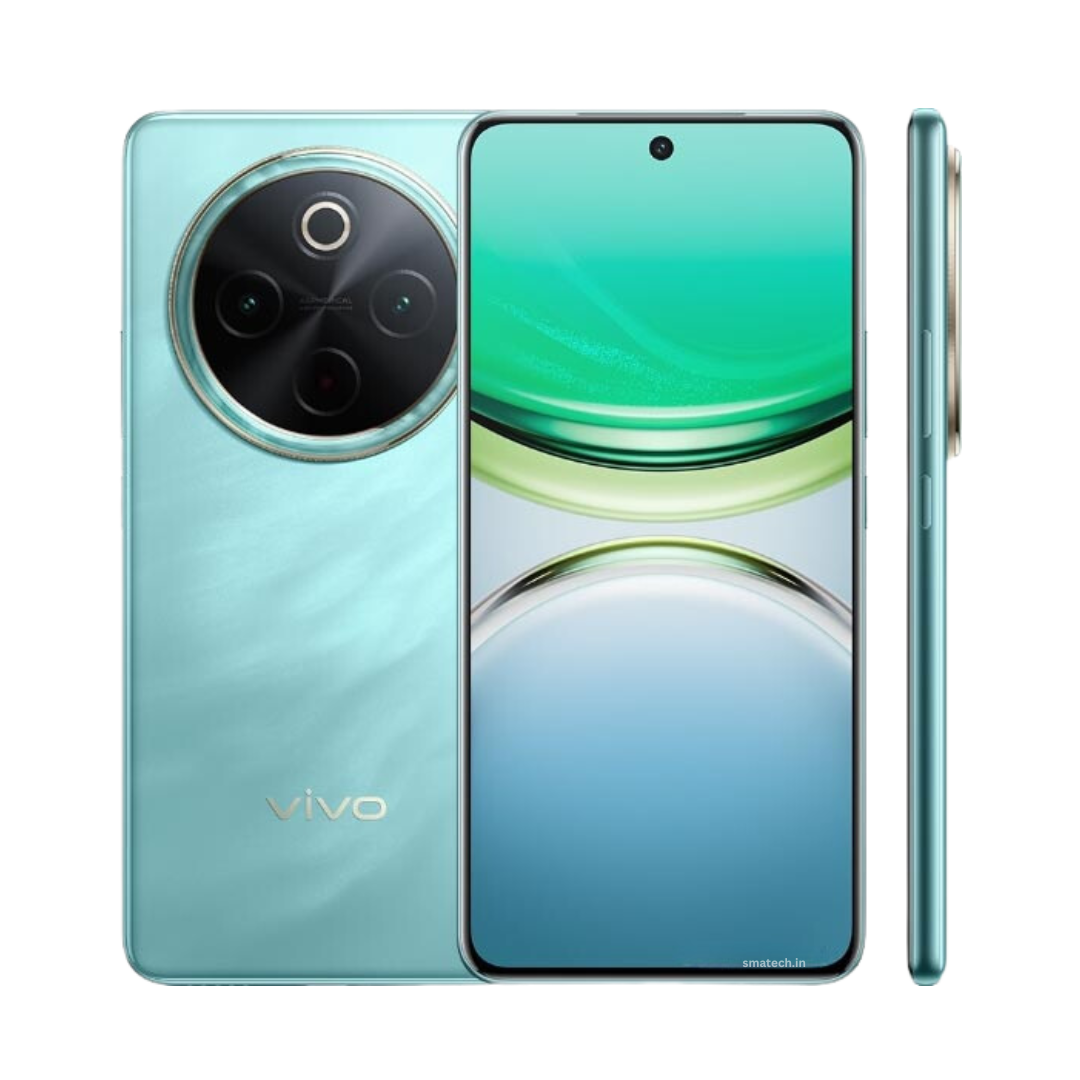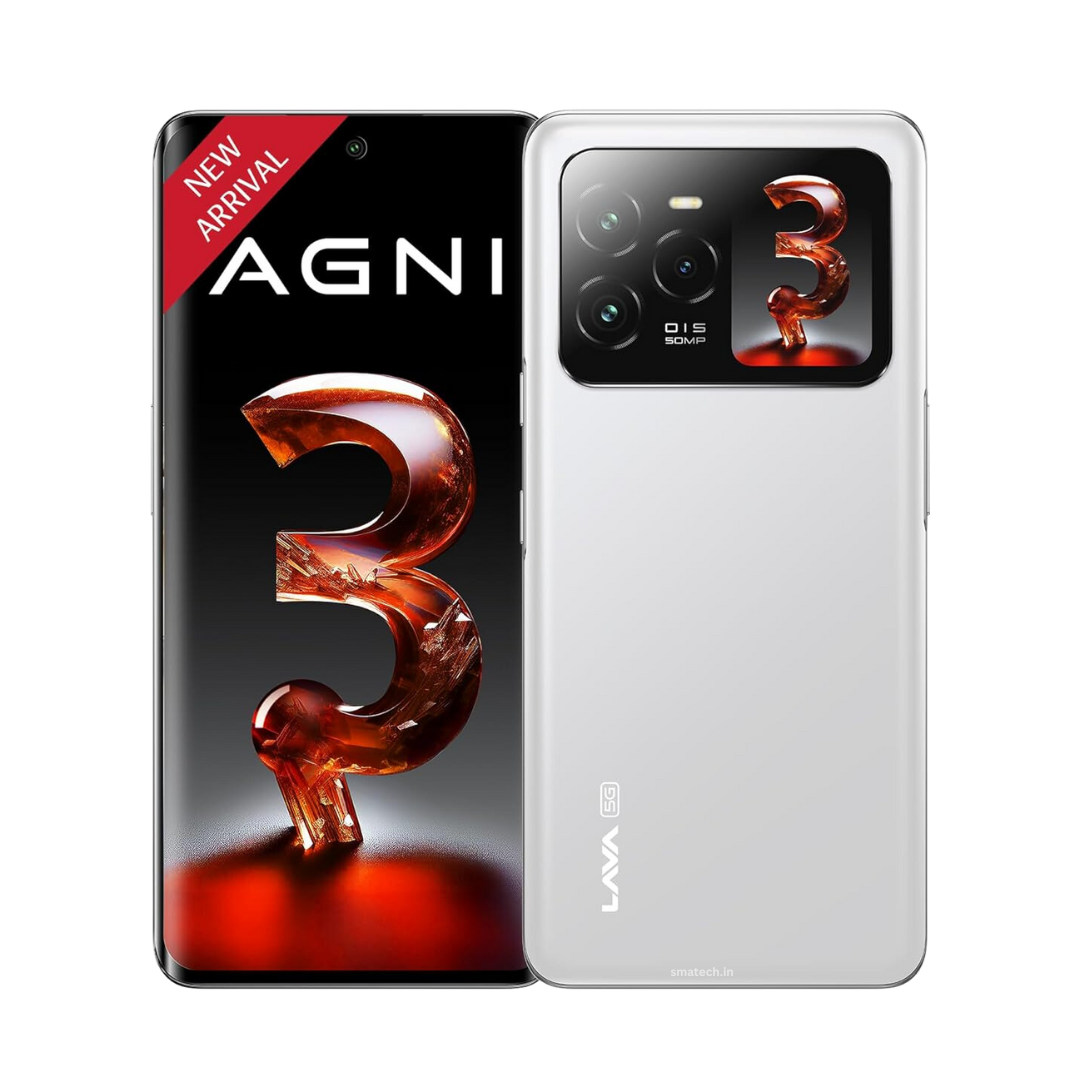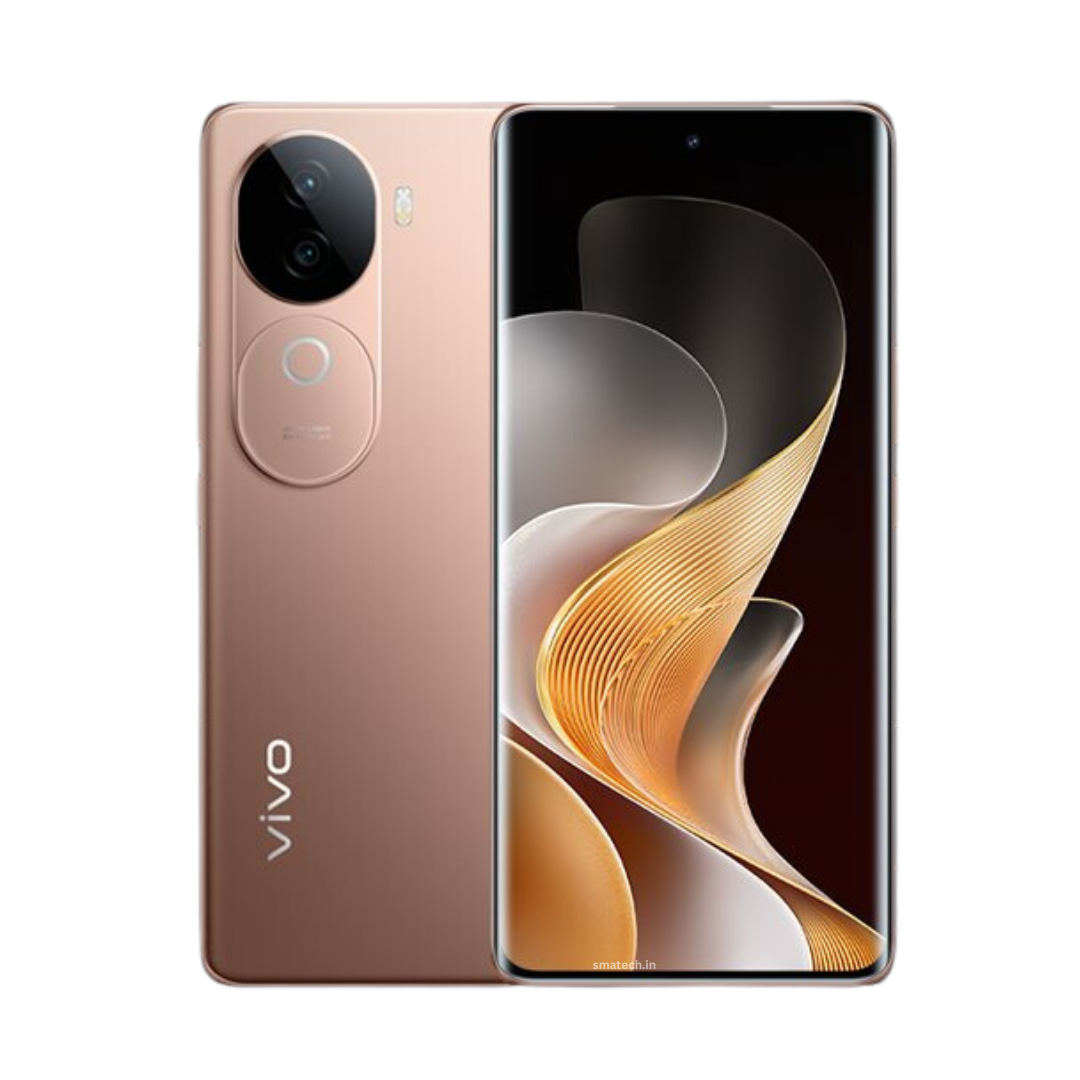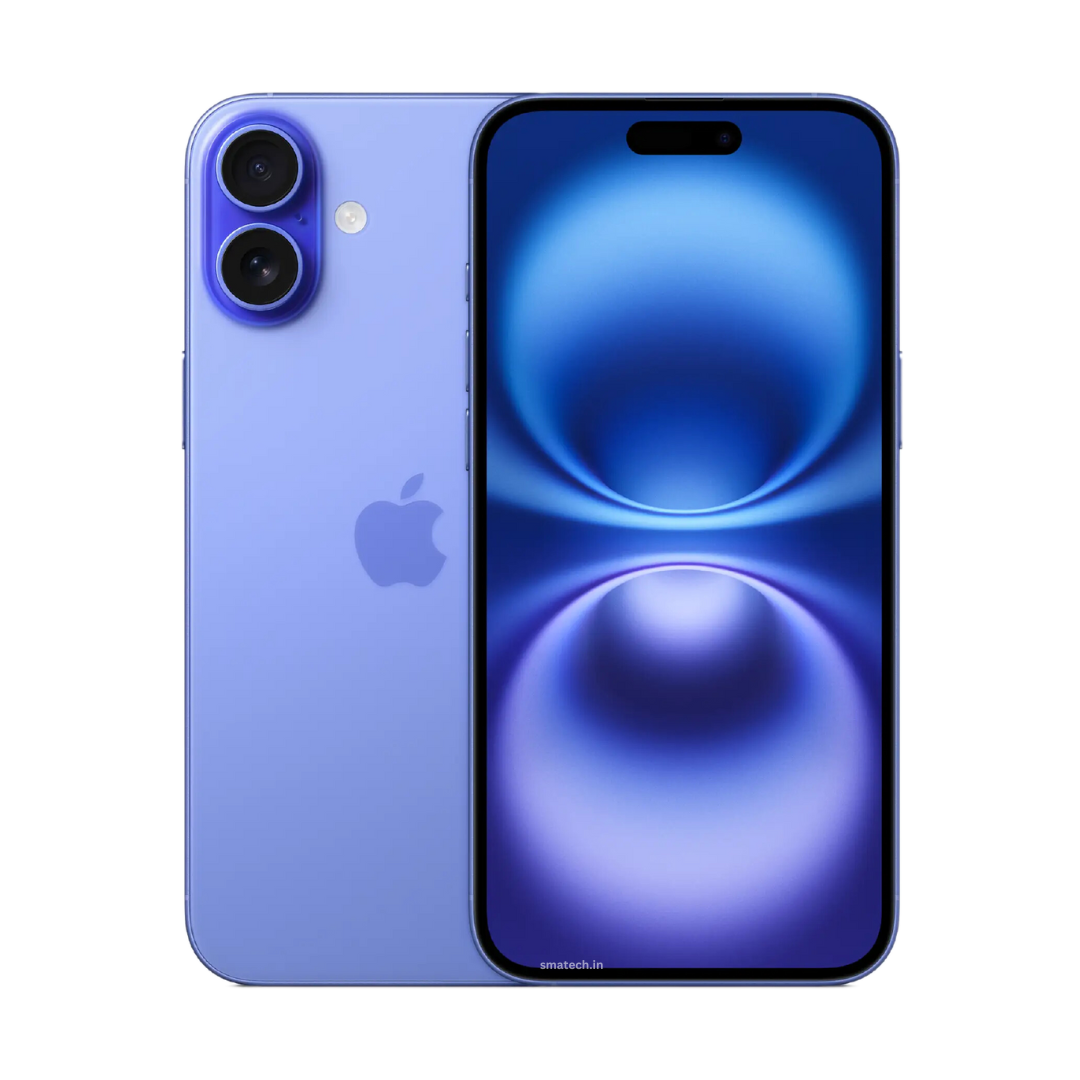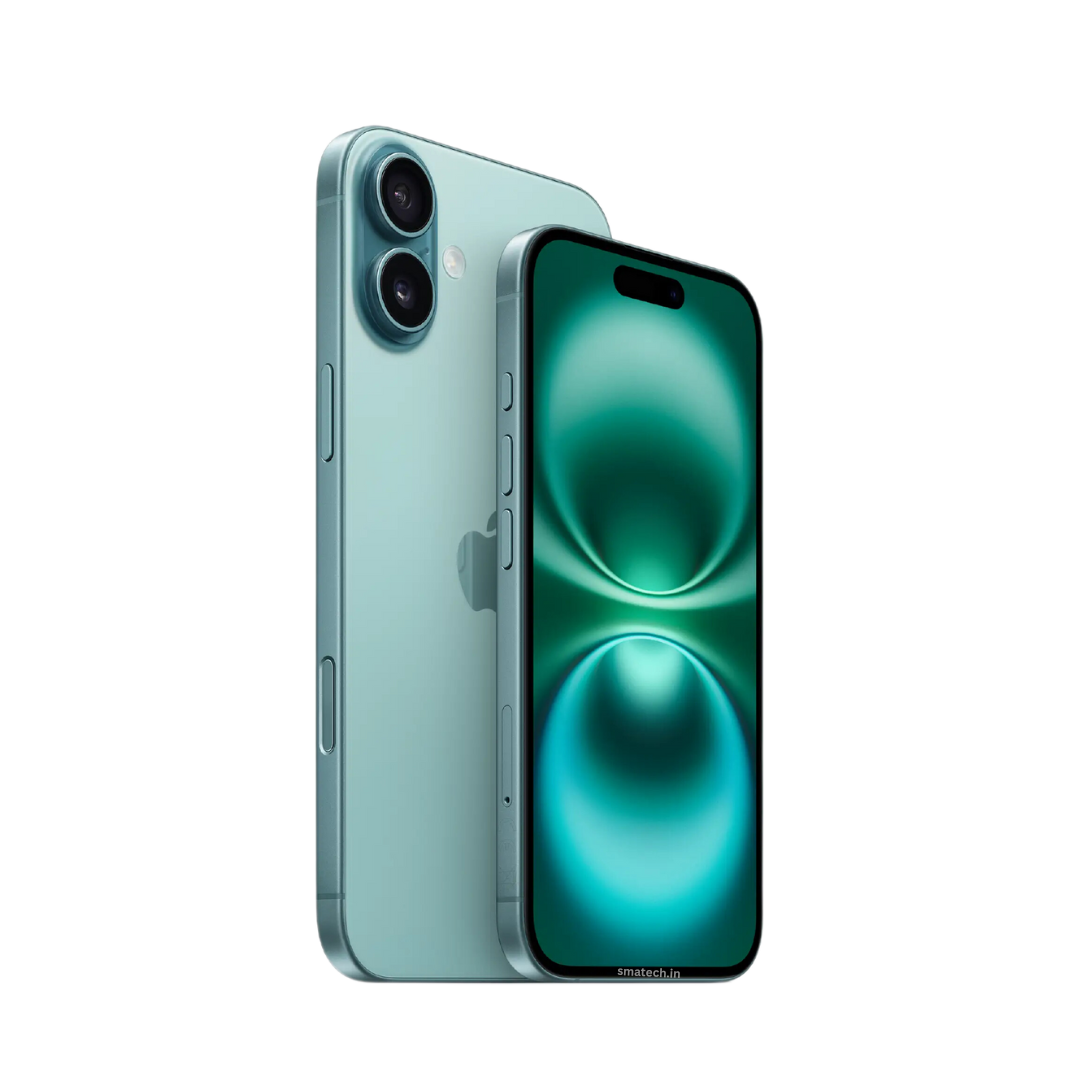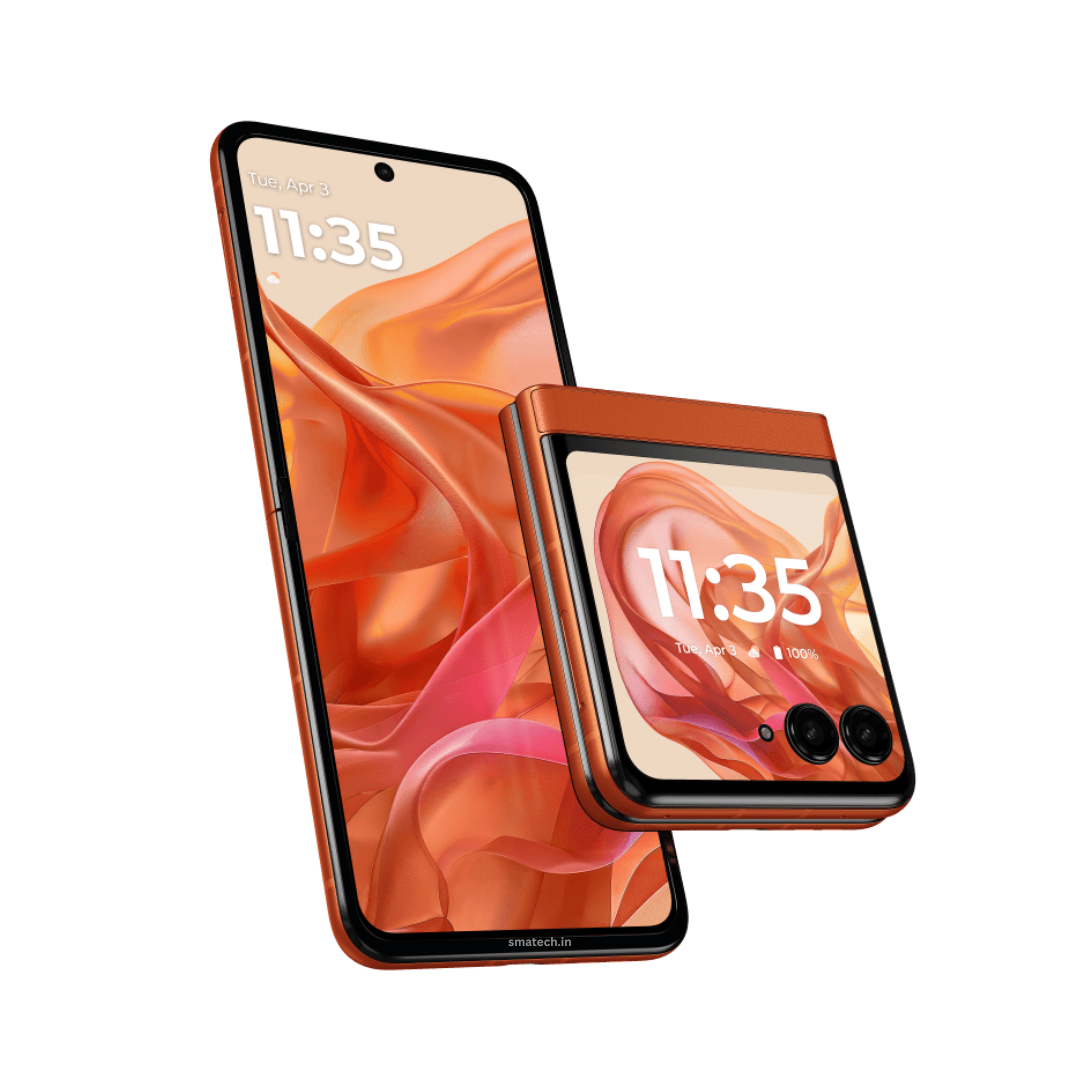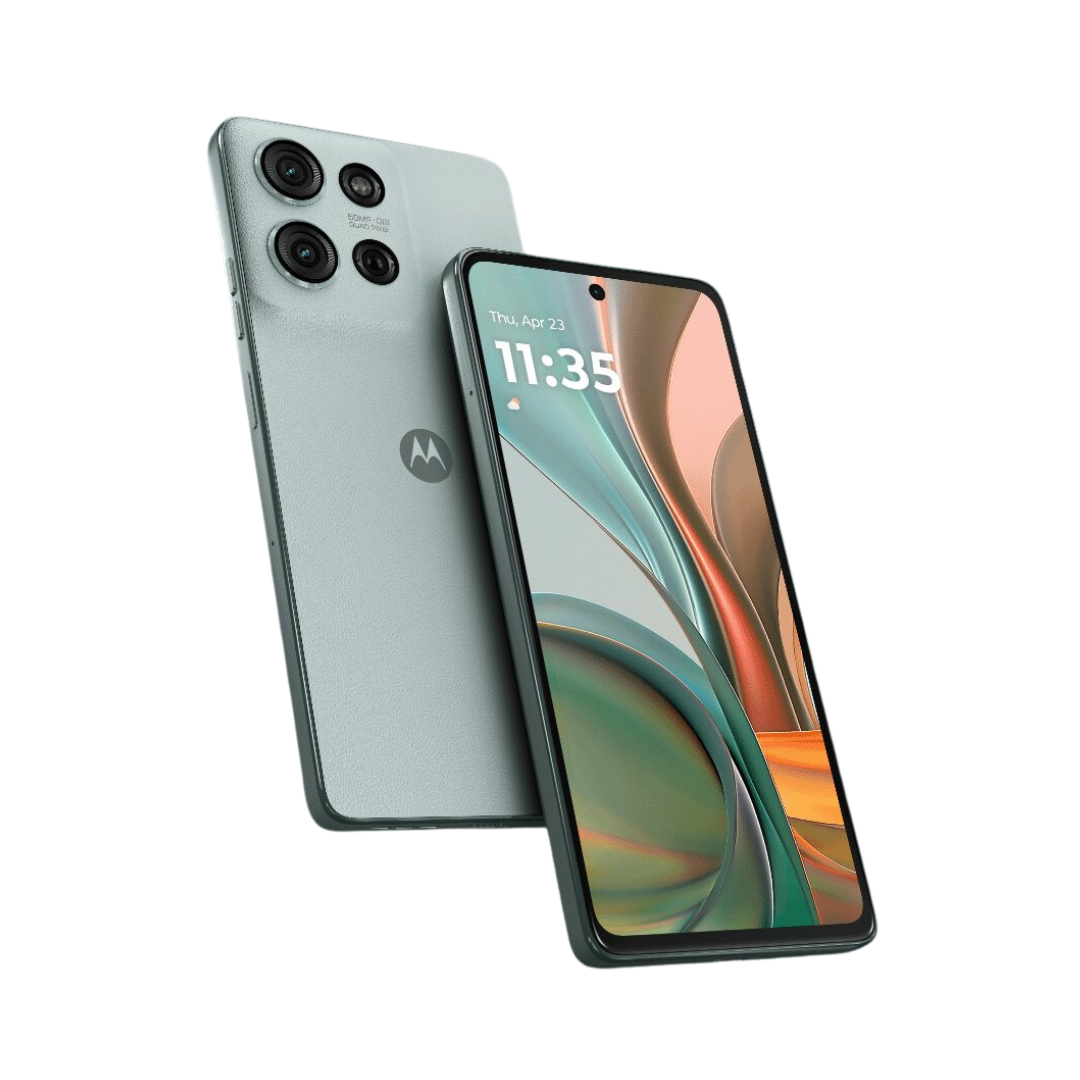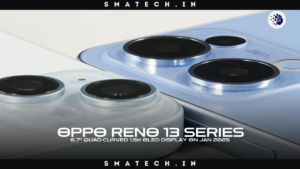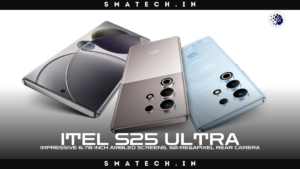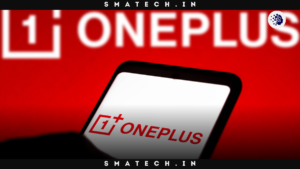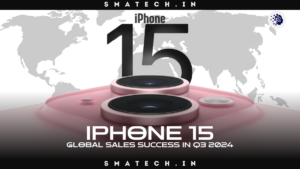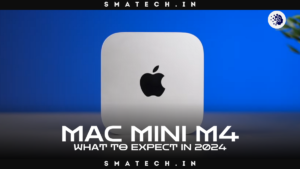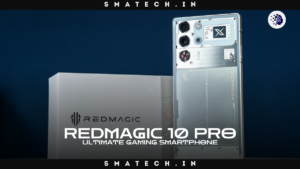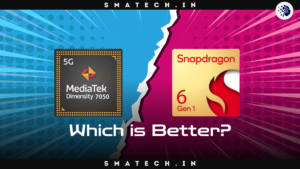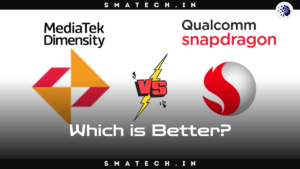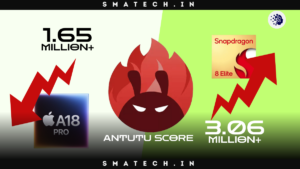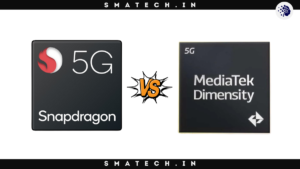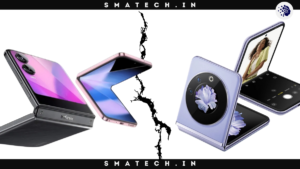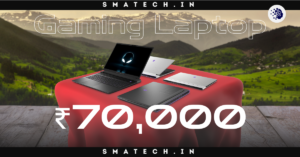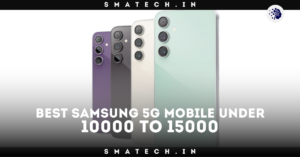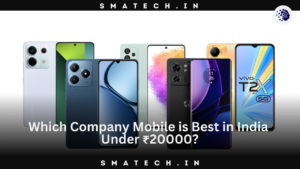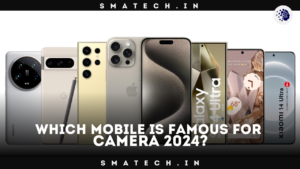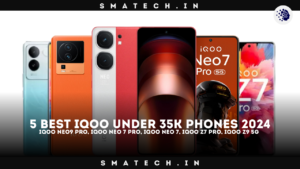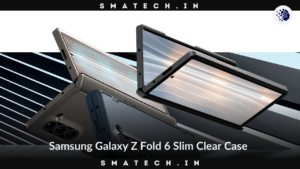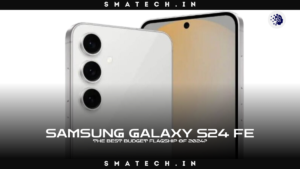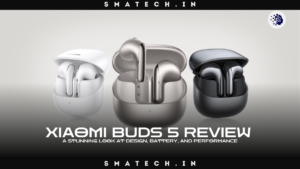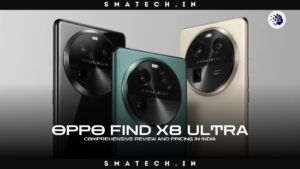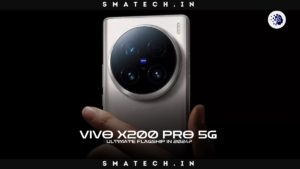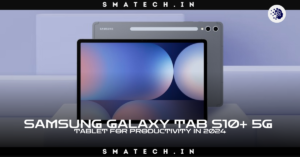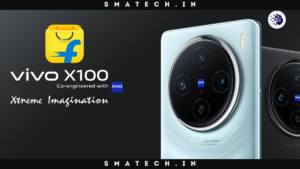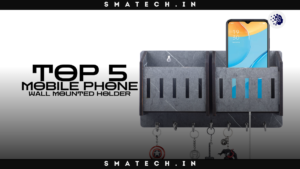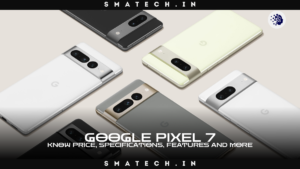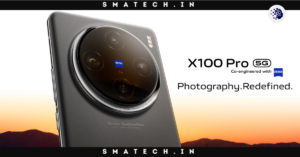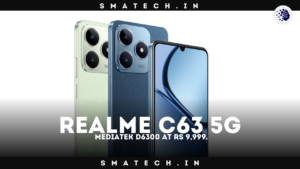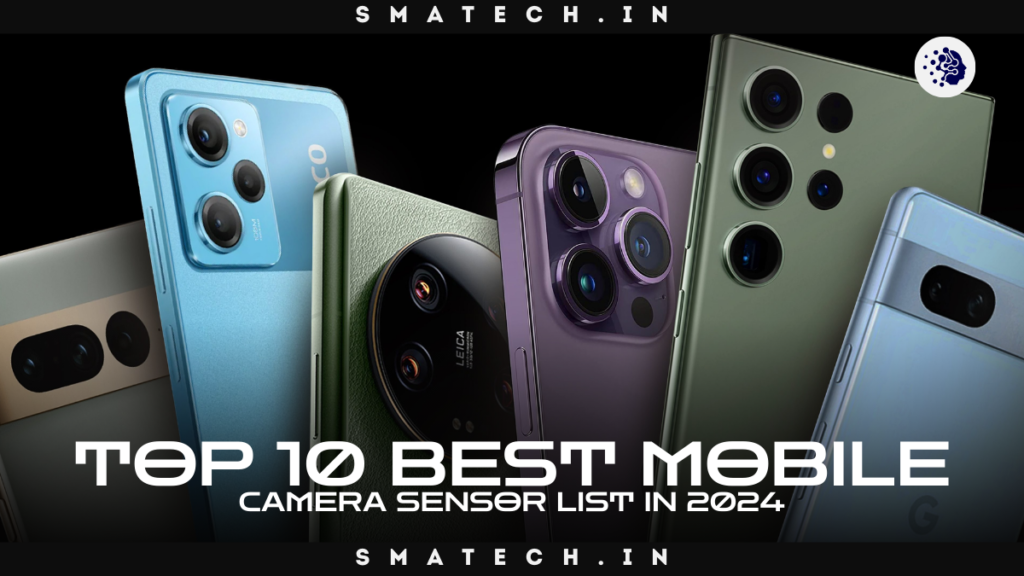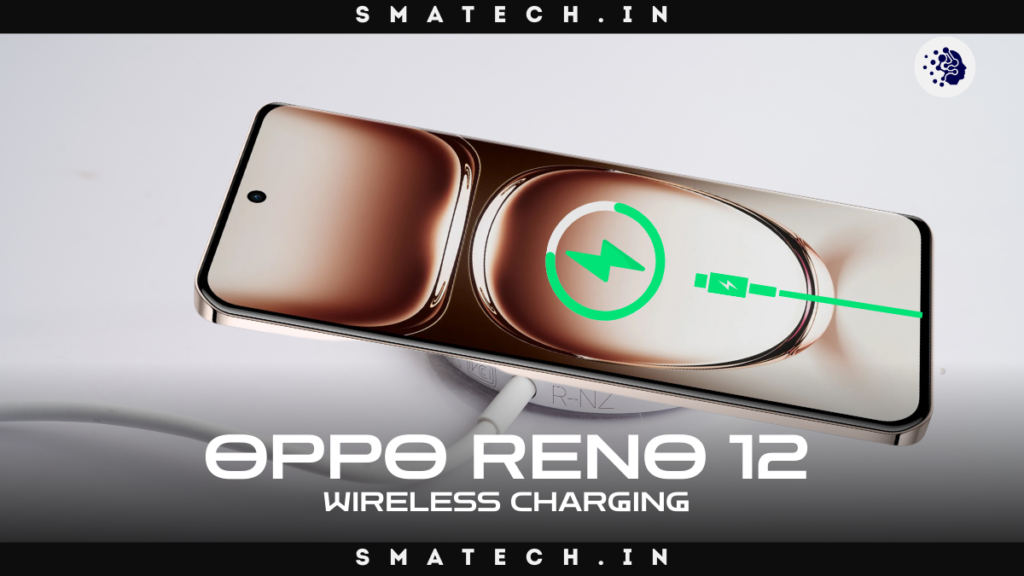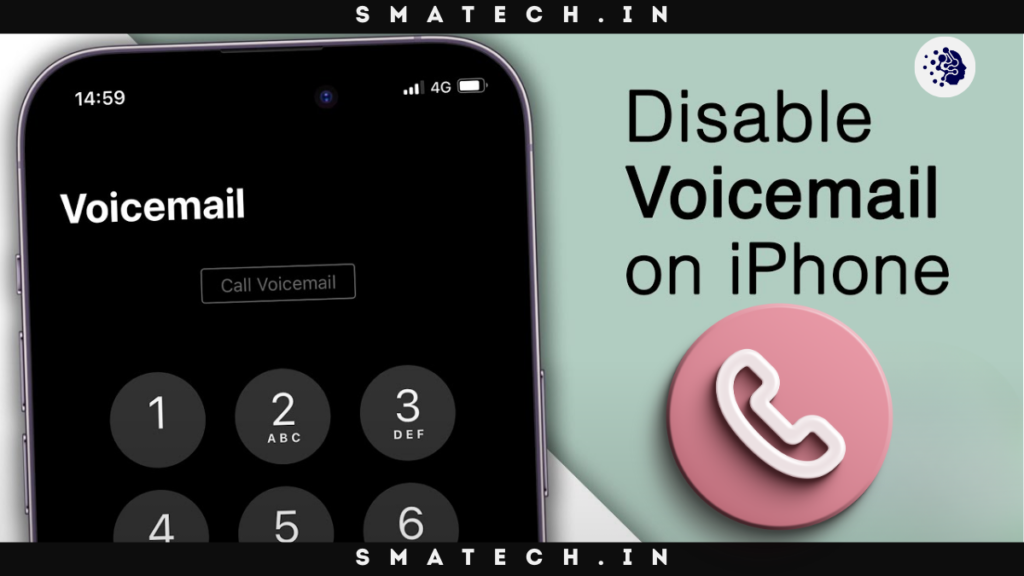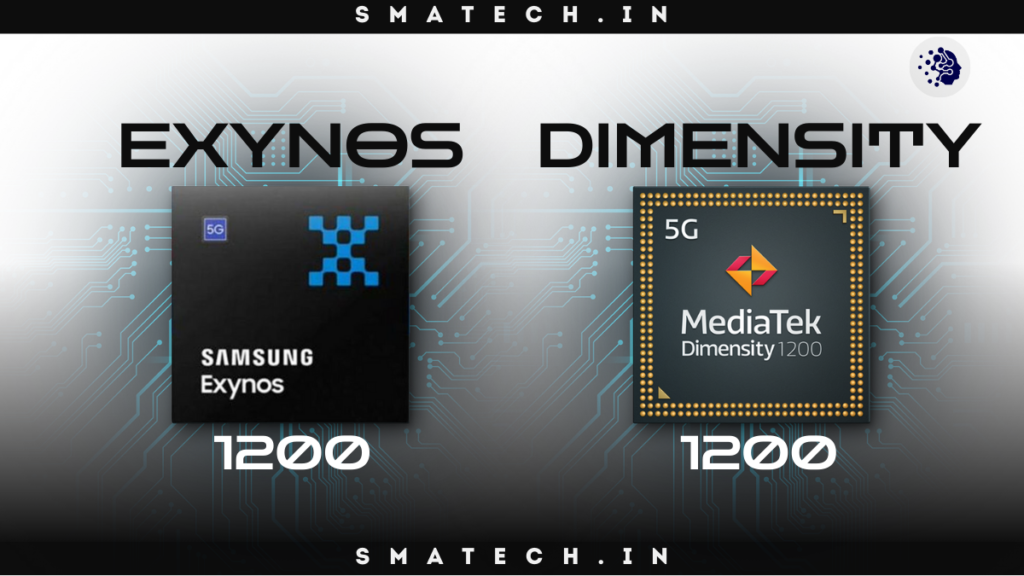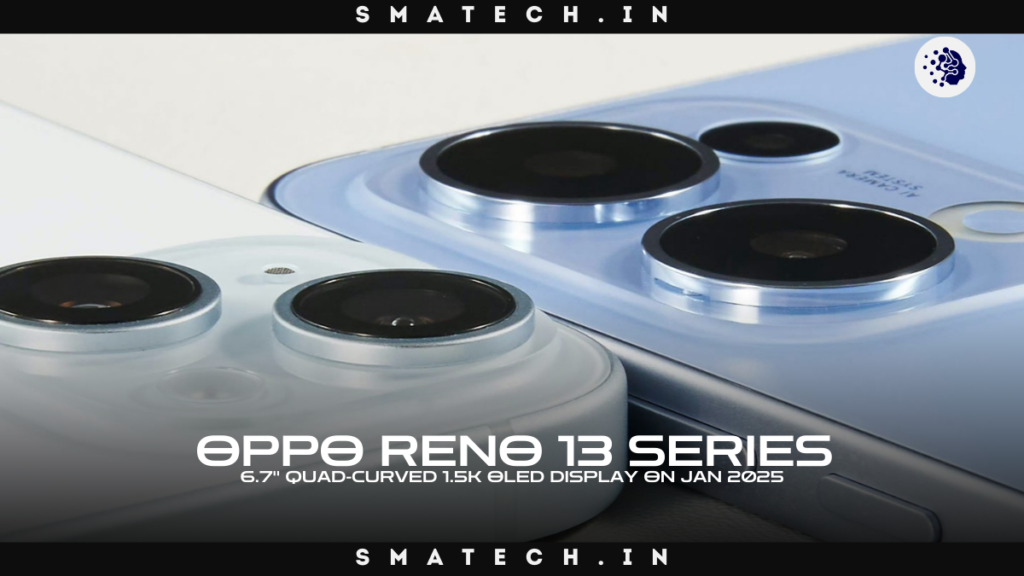Introduction of ips panel technology
Have you ever wondered why some display devices look so much better than others? Why some screens seem to have more vibrant colors, wider viewing angles, and higher contrast ratios than others? Well, the answer lies in the type of panel technology they use. And one of the best panel technologies out there is IPS, or In-Plane Switching.
IPS panel technology is a type of LCD, or Liquid Crystal Display, panel that uses a special arrangement of liquid crystals to create high-quality images. IPS panel Technology were first developed in the 1990s by Hitachi, and have since been improved and adopted by many other manufacturers. IPS panel Technology are widely used in various display devices, such as monitors, TVs, laptops, tablets, smartphones, and more.
But what makes IPS panel technology so great? How do they enhance the quality of LED, or Light-Emitting Diode, display devices? In this blog, we will show you how IPS panel technology improves the quality of LED display devices in five aspects: color accuracy, viewing angle, contrast ratio, backlighting, and LCD vs LED. By the end of this blog, you will be convinced that IPS panel technology are the best choice for your display needs. So, let’s get started!
Color Accuracy: IPS Panels Deliver True-to-Life Colors
One of the most important aspects of display quality is color accuracy. Color accuracy refers to how well a display device can reproduce the colors of the original source, without any distortion or deviation. Color accuracy is essential for many applications, such as graphic design, photography, gaming, and more.
IPS panel technology are known for their excellent color accuracy, thanks to their unique liquid crystal structure. IPS panel technology use horizontal alignment of liquid crystals, which allows more light to pass through and reduces color shift. Color shift is a phenomenon where the colors of the image change depending on the viewing angle. IPS panels also have a wider color gamut, which means they can display more colors than other types of LCD panels. IPS panels can cover up to 99% of the sRGB color space, which is the standard for most digital devices.
In contrast, other types of LCD panels, such as TN (Twisted Nematic) and VA (Vertical Alignment), use vertical alignment of liquid crystals, which causes more color shift and a narrower color gamut. TN panels are the cheapest and fastest type of LCD panels, but they have poor color accuracy and reproduction. TN panels can only cover about 72% of the sRGB color space, which means they cannot display some colors accurately. VA panels are a compromise between TN and IPS panels, offering better color accuracy and contrast than TN panels, but worse than IPS panel technology. VA panels can cover about 82% of the sRGB color space, which is still not enough for some applications.

To illustrate the difference between IPS and other LCD panels, let’s take a look at some examples. Imagine you are a graphic designer, and you are working on a logo for a client. You want to make sure that the colors of the logo match the client’s brand identity and vision. You also want to make sure that the logo looks consistent across different devices and platforms. If you use an IPS panel technology display device, you can be confident that the colors of the logo will be accurate and consistent, regardless of the viewing angle or the device you use.
However, if you use a TN or VA panel display device, you might end up with a logo that looks different from what you intended, or what the client expected. The colors might be distorted, washed out, or oversaturated, depending on the viewing angle or the device you use. This could ruin your reputation as a graphic designer, and cost you your client.
Another example is gaming. Imagine you are playing a first-person shooter game, and you are in a heated battle with your enemies. You want to have the best visual experience possible, and enjoy the realistic graphics and effects of the game. You also want to have an edge over your opponents, and spot them before they spot you. If you use an IPS panel technology display device, you can enjoy the game with vivid and accurate colors, and see every detail clearly, even in dark or bright scenes. You can also see the same colors and details from any angle, which gives you more flexibility and mobility.
However, if you use a TN or VA panel display device, you might miss out on some of the fun and excitement of the game. The colors might be dull, inaccurate, or inconsistent, and the details might be blurred or lost, especially in dark or bright scenes. You might also have a hard time seeing the same colors and details from different angles, which limits your options and movements.
As you can see, IPS panel technology deliver true-to-life colors, which enhance the quality of LED display devices. IPS panel technology are the best choice for applications that require high color accuracy, such as graphic design, photography, gaming, and more.
Viewing Angle: IPS Panels Offer Wide and Clear Views
Another important aspect of display quality is viewing angle. Viewing angle refers to the angle at which a display device can be viewed without any loss of image quality, such as brightness, contrast, or color. Viewing angle is important for many applications, such as watching movies, sharing presentations, gaming, and more.
IPS panel technology offer wide and clear views, thanks to their horizontal alignment of liquid crystals. IPS panel technology have a viewing angle of up to 178 degrees, which means they can be viewed from almost any direction, without any noticeable change in image quality. IPS panel technology also have a high brightness and contrast, which means they can display clear and vivid images, even in bright or dark environments.
In contrast, other types of LCD panels, such as TN and VA, have narrow and distorted views, due to their vertical alignment of liquid crystals. TN panels have a viewing angle of only about 160 degrees, which means they can only be viewed from a limited range of directions, without any loss of image quality.
TN panels also have a low brightness and contrast, which means they can display dim and dull images, especially in bright or dark environments. VA panels have a viewing angle of about 170 degrees, which is better than TN panels, but still worse than IPS panel technology. VA panels also have a high contrast, but a low brightness, which means they can display dark and rich images, but struggle in bright environments.
To illustrate the difference between IPS and other LCD panels, let’s take a look at some examples. Imagine you are watching a movie with your friends or family, and you want to have a cinematic experience. You want to see every scene clearly and vividly, and enjoy the colors and effects of the movie. You also want to share the experience with your companions, and see the same image quality from any seat.
If you use an IPS panel technology display device, you can have a great movie night, with clear and vivid images, and wide and consistent views. You can sit anywhere you want, and see the same image quality as everyone else. However, if you use a TN or VA panel display device, you might have a disappointing movie night, with distorted and dull images, and narrow and inconsistent views. You might have to sit in a specific spot, and see a different image quality than your companions.
Another example is gaming. Imagine you are playing a multiplayer game, and you want to have a competitive advantage over your rivals. You want to see every action and reaction clearly and quickly, and react accordingly. You also want to have a flexible and comfortable gaming position, and see the same image quality from any angle.
If you use an IPS panel technology display device, you can have a smooth and immersive gaming experience, with clear and fast images, and wide and stable views. You can move around and adjust your position, and see the same image quality from any angle. However, if you use a TN or VA panel display device, you might have a frustrating and lagging gaming experience, with blurred and slow images, and narrow and unstable views. You might have to stay still and fix your position, and see a different image quality from different angles.
As you can see, IPS panel technology offer wide and clear views, which enhance the quality of LED display devices. IPS panel technology are the best choice for applications that require wide viewing angles, such as watching movies, sharing presentations, gaming, and more.
Contrast Ratio: IPS Panels Achieve High Contrast and Dynamic Range
Another important aspect of display quality is contrast ratio. Contrast ratio refers to the ratio between the brightest and the darkest colors that a display device can produce. Contrast ratio is important for many applications, such as watching movies, gaming, reading, and more.
IPS panel technology achieve high contrast and dynamic range, thanks to their advanced backlighting technologies. IPS panel technology use different types of backlighting technologies, such as edge-lit, direct-lit, full-array, etc., to control the brightness and darkness of the screen. IPS panels also use local dimming, which is a feature that allows the backlight to dim or brighten in specific areas of the screen, depending on the content. This creates a higher contrast ratio and a wider dynamic range, which means the display device can produce more shades of colors, from the brightest whites to the darkest blacks.
In contrast, other types of LCD panels, such as TN and VA, have low contrast and dynamic range, due to their limited backlighting technologies. TN and VA panels use only one type of backlighting technology, which is edge-lit, to illuminate the screen. Edge-lit backlighting means that the light source is located at the edges of the screen, and spreads across the screen evenly. This creates a low contrast ratio and a narrow dynamic range, which means the display device can produce only a few shades of colors, from the grayish whites to the grayish blacks.
To illustrate the difference between IPS and other LCD panels, let’s take a look at some examples. Imagine you are watching a movie with a lot of dark scenes, such as a horror or thriller movie. You want to see every detail clearly and vividly, and feel the suspense and tension of the movie. You also want to see the contrast between the light and dark elements of the movie, such as the shadows, the flashes, the blood, etc.

If you use an IPS panel technology display device, you can have a thrilling movie experience, with high contrast and dynamic range, and see every detail clearly and vividly, even in the darkest scenes. You can also see the difference between the light and dark elements of the movie, which adds to the drama and intensity of the movie. However, if you use a TN or VA panel display device, you might have a boring movie experience, with low contrast and dynamic range, and see every detail dimly and dullly, even in the brightest scenes. You might also see the light and dark elements of the movie blend together, which reduces the impact and emotion of the movie.
Another example is reading. Imagine you are reading an e-book or a web page, and you want to have a comfortable and enjoyable reading experience. You want to see the text clearly and sharply, and adjust the brightness and contrast according to your preference and environment. You also want to avoid eye strain and fatigue, which can be caused by low contrast and brightness. If you use an IPS panel technology display device, you can have a pleasant reading experience, with high contrast and dynamic range, and see the text clearly and sharply, regardless of the background color or the ambient light.
You can also adjust the brightness and contrast according to your preference and environment, which makes the reading easier and more comfortable. However, if you use a TN or VA panel display device, you might have a painful reading experience, with low contrast and dynamic range, and see the text blurry and fuzzy, regardless of the background color or the ambient light. You might also have a hard time adjusting the brightness and contrast according to your preference and environment, which makes the reading harder and more uncomfortable.
As you can see, IPS panel technology achieve high contrast and dynamic range, which enhance the quality of LED display devices. IPS panel technology are the best choice for applications that require high contrast ratio, such as watching movies, gaming, reading, and more.
Backlighting: IPS Panels Use Different Types of Backlighting Technologies to Enhance the Quality of LED Display Devices
Another important aspect of display quality is backlighting. Backlighting refers to the light source that illuminates the screen of a display device. Backlighting is important for many applications, such as energy efficiency, brightness, uniformity, etc.
IPS panels use different types of backlighting technologies to enhance the quality of LED display devices, thanks to their compatibility and flexibility. IPS panel technology are compatible with both LCD and LED display devices, which means they can use either liquid crystals or light-emitting diodes as the light source. IPS panels are also flexible in terms of the arrangement and distribution of the light source, which means they can use different types of backlighting technologies, such as edge-lit, direct-lit, full-array, etc.
Edge-lit backlighting means that the light source is located at the edges of the screen, and spreads across the screen evenly. Edge-lit backlighting is the most common and cheapest type of backlighting technology, and it is suitable for thin and light display devices, such as laptops, tablets, smartphones, etc. Edge-lit backlighting is also energy-efficient, as it uses less power than other types of backlighting technologies.
However, edge-lit backlighting has some drawbacks, such as low brightness, low contrast, and low uniformity. Low brightness means that the screen cannot produce very bright images, especially in bright environments. Low contrast means that the screen cannot produce very dark images, especially in dark environments. Low uniformity means that the screen cannot produce consistent brightness and color across the screen, especially in the corners and edges.
Direct-lit backlighting means that the light source is located behind the screen, and illuminates the screen directly. Direct-lit backlighting is a more advanced and expensive type of backlighting technology, and it is suitable for large and thick display devices, such as monitors, TVs, etc. Direct-lit backlighting is also brighter, more contrasty, and more uniform than edge-lit backlighting. Brighter means that the screen can produce very bright images, even in bright environments. More contrasty means that the screen can produce very dark images, even in dark environments. More uniform means that the screen can produce consistent brightness and color across the screen, even in the corners and edges.
Full-array backlighting means that the light source is located behind the screen, and is divided into multiple zones or segments, each of which can be controlled independently. Full-array backlighting is the most advanced and expensive type of backlighting technology, and it is suitable for high-end and premium display devices, such as monitors, TVs, etc. Full-array backlighting is also the most energy-efficient, the brightest, the most contrasty, and the most uniform type of backlighting technology.
Energy-efficient means that the screen can use less power than other types of backlighting technologies, by dimming or turning off the zones that are not needed. Brightest means that the screen can produce the brightest images, even in the brightest environments. Most contrasty means that the screen can produce the darkest images, even in the darkest environments. Most uniform means that the screen can produce the most consistent brightness and color across the screen, even in the smallest details.
To illustrate the difference between IPS and other LCD panels, let’s take a look at some examples. Imagine you are using a display device in a bright environment, such as outdoors or near a window. You want to see the screen clearly and vividly, and adjust the brightness and contrast according to the ambient light. You also want to save energy and battery life, which can be affected by the backlighting technology. If you use an IPS panel technology display device, you can have a clear and vivid screen, with different types of backlighting technologies, and adjust the brightness and contrast according to the ambient light.
You can also save energy and battery life, by using the most energy-efficient type of backlighting technology, such as full-array. However, if you use a TN or VA panel display device, you might have a dim and dull screen, with only one type of backlighting technology, and have a hard time adjusting the brightness and contrast according to the ambient light. You might also waste energy and battery life, by using the least energy-efficient type of backlighting technology, such as edge-lit.
Another example is using a display device in a dark environment, such as indoors or at night. You want to see the screen clearly and vividly, and adjust the brightness and contrast according to your preference and comfort. You also want to avoid eye strain and fatigue, which can be caused by low brightness and contrast. If you use an IPS panel technology display device, you can have a clear and vivid screen, with different types of backlighting technologies, and adjust the brightness and contrast according to your preference and comfort.
You can also avoid eye strain and fatigue, by using the most comfortable type of backlighting technology, such as direct-lit or full-array. However, if you use a TN or VA panel display device, you might have a blurry and fuzzy screen, with only one type of backlighting technology, and have a hard time adjusting the brightness and contrast according to your preference and comfort. You might also suffer from eye strain and fatigue, by using the most uncomfortable type of backlighting technology, such as edge-lit.
As you can see, IPS panels use different types of backlighting technologies to enhance the quality of LED display devices. IPS panel technology are the best choice for applications that require different types of backlighting technologies, such as energy efficiency, brightness, uniformity, etc.
LCD vs LED: IPS Panels are Compatible with Both LCD and LED Display Devices
Another important aspect of display quality is the type of display device. Display devices can be classified into two main types: LCD and LED. LCD stands for Liquid Crystal Display, and LED stands for Light-Emitting Diode. LCD and LED display devices have different advantages and disadvantages, and different applications and preferences.
LCD display devices use liquid crystals as the light source, and a backlight to illuminate the screen. LCD display devices are cheaper, more common, and more versatile than LED display devices. LCD display devices can also use different types of panel technologies, such as IPS, TN, and VA, to improve the image quality. However, LCD display devices have some drawbacks, such as low brightness, low contrast, low uniformity, and low energy efficiency.
LED display devices use light-emitting diodes as the light source, and do not need a backlight to illuminate the screen. LED display devices are more expensive, less common, and less versatile than LCD display devices. LED display devices can also use different types of panel technologies, such as OLED and QLED, to improve the image quality. However, LED display devices have some drawbacks, such as high cost, low durability, low performance, and low compatibility.
IPS panels are compatible with both LCD and LED display devices, which means they can use either liquid crystals or light-emitting diodes as the light source. IPS panel technology can also use different types of backlighting technologies, such as edge-lit, direct-lit, full-array, etc., to control the brightness and contrast of the screen. This makes IPS panels more flexible and adaptable than other types of LCD panels, such as TN and VA, which can only use liquid crystals as the light source, and edge-lit backlighting technology to illuminate the screen.
To illustrate the difference between IPS and other LCD panels, let’s take a look at some examples. Imagine you are looking for a new display device, and you have to choose between LCD and LED display devices. You want to find the best display device for your needs, preferences, and budget. You also want to compare the different types of panel technologies, such as IPS, TN, VA, OLED, and QLED, and see how they affect the image quality. If you use an IPS panel technology display device, you can have more options and flexibility, as you can choose between LCD and LED display devices, and use different types of backlighting technologies.
You can also enjoy the benefits of IPS panel technology, such as high color accuracy, wide viewing angle, high contrast ratio, and high compatibility. However, if you use a TN or VA panel display device, you might have fewer options and flexibility, as you can only choose LCD display devices, and use edge-lit backlighting technology. You might also miss out on the benefits of IPS panel technology, and suffer from the drawbacks of TN or VA panel technology, such as low color accuracy, narrow viewing angle, low contrast ratio, and low compatibility.
Another example is using a display device for a specific application, such as gaming, graphic design, photography, etc. You want to find the best display device for your application, and see how the type of display device and the type of panel technology affect the performance and quality of your application. You also want to consider the advantages and disadvantages of LCD and LED display devices, and the different types of panel technologies, such as IPS, TN, VA, OLED, and QLED. If you use an IPS panel technology display device, you can have the best performance and quality for your application, as you can use either LCD or LED display devices, and use different types of backlighting technologies.
You can also take advantage of the features of IPS panel technology, such as high color accuracy, wide viewing angle, high contrast ratio, and high compatibility. However, if you use a TN or VA panel display device, you might have the worst performance and quality for your application, as you can only use LCD display devices, and use edge-lit backlighting technology. You might also suffer from the limitations of TN or VA panel technology, such as low color accuracy, narrow viewing angle, low contrast ratio, and low compatibility.
As you can see, IPS panels are compatible with both LCD and LED display devices, which means they can use either liquid crystals or light-emitting diodes as the light source. IPS panels can also use different types of backlighting technologies, such as edge-lit, direct-lit, full-array, etc., to control the brightness and contrast of the screen. This makes IPS panel technology more flexible and adaptable than other types of LCD panels, such as TN and VA, which can only use liquid crystals as the light source, and edge-lit backlighting technology to illuminate the screen.
Conclusion: IPS Panels are the Best Choice for LED Display Devices
In this blog, we have shown you how IPS panel technology improves the quality of LED display devices in five aspects: color accuracy, viewing angle, contrast ratio, backlighting, and LCD vs LED. We have also compared IPS panel technology with other types of LCD panels, such as TN and VA, and shown you the advantages and disadvantages of each type of panel technology. We hope that this blog has helped you understand the importance and benefits of IPS panel technology, and how it enhances the quality of LED display devices.
If you are looking for a new display device, whether it is a monitor, a TV, a laptop, a tablet, a smartphone, or any other device, we highly recommend you to choose an IPS panel display device. IPS panel technology display devices will provide you with the best image quality, performance, and compatibility, regardless of your needs, preferences, or budget. IPS panel display devices will also suit any application, whether it is graphic design, photography, gaming, watching movies, sharing presentations, reading, or anything else. IPS panel display devices will give you the most satisfying and enjoyable display experience possible.
So, what are you waiting for? Go ahead and get yourself an IPS panel technology display device today, and see the difference for yourself. You will not regret it, we promise. IPS panel display devices are the best choice for LED display devices, and you deserve the best. Thank you for reading this blog, and we hope to see you again soon. Have a great day! 😊

